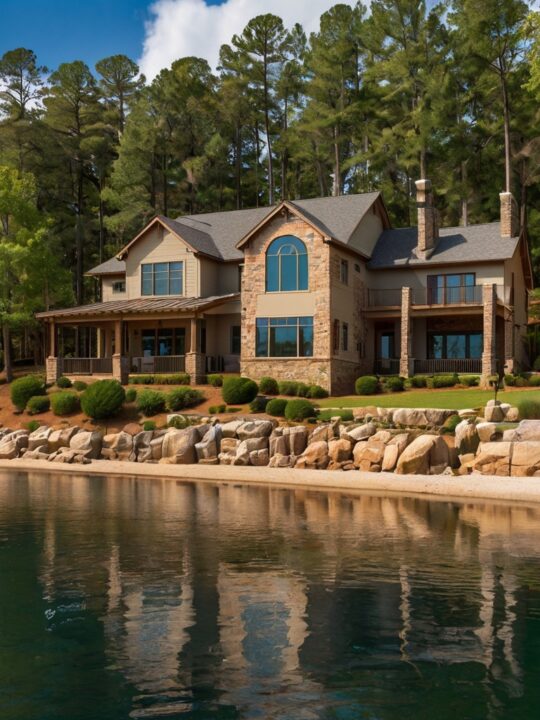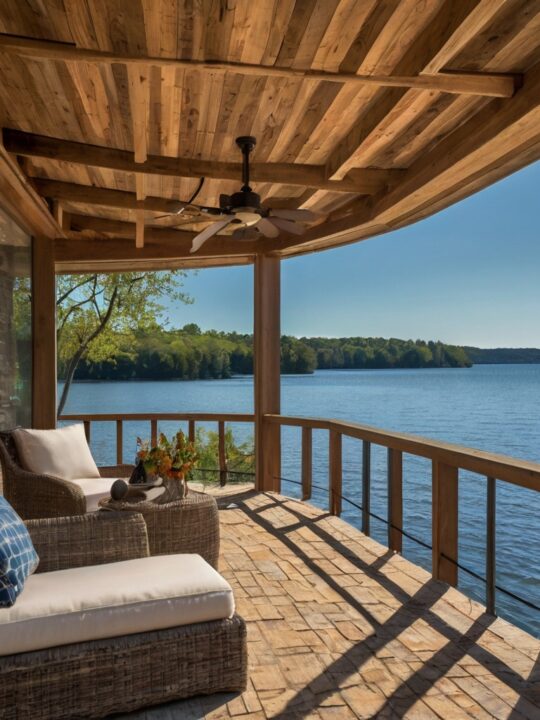 Designing the Perfect Landscape for Residential Areas
Designing the Perfect Landscape for Residential Areas
Landscaping is an art that has the power to transform any residential area into a beautiful, serene, and functional space. A well-designed landscape not only enhances the aesthetic appeal of a property but also increases its value and provides a peaceful retreat for homeowners. However, designing the perfect landscape requires careful planning, an understanding of environmental factors, and a touch of creativity.
One of the first steps in designing a landscape is to assess the site. This involves understanding the topography, soil type, climate, and existing vegetation. Each of these factors plays a crucial role in determining the types of plants and design elements that will thrive in the space. For instance, some plants may require full sunlight, while others thrive in the shade. Similarly, the soil type can affect the drainage and nutrient availability, impacting plant health.
Once the site assessment is complete, it’s time to consider the functional needs of the landscape. Residential landscapes often need to accommodate a variety of activities such as entertaining, gardening, play areas for children, and even vegetable patches. Thoughtful zoning and layout planning can help ensure that each area serves its purpose effectively without compromising the overall design.
A crucial aspect of landscape design is plant selection. Choosing the right plants involves considering factors like color, texture, height, and seasonal changes. A diverse palette of plants can provide year-round interest and encourage biodiversity. Native plants are often a smart choice as they are adapted to local conditions, require less maintenance, and support local wildlife.
Hardscape elements such as pathways, patios, and walls add structure and functionality to a landscape. These elements should be carefully integrated into the design to complement the natural features of the site. Materials used for hardscaping should be durable and aesthetically pleasing, creating a seamless transition between the built environment and nature.
Sustainability is a growing trend in landscape design. Incorporating eco-friendly practices such as rainwater harvesting, xeriscaping, and using organic fertilizers can significantly reduce the environmental impact of landscaping projects. Sustainable landscapes not only conserve resources but also create healthier ecosystems.
Lighting is another important consideration in landscape design. Proper lighting can enhance the beauty of a landscape while providing safety and security. Low-voltage LED lights are an energy-efficient choice that can highlight focal points, illuminate pathways, and create ambiance for evening gatherings.
For those looking to create their dream landscape, hiring a professional landscape designer can be a valuable investment. Professionals bring expertise, creativity, and experience to the table, helping homeowners realize their vision while adhering to budget and timeline constraints. If you’re searching for professional help, you might want to explore landscaping near me for expert services.
In conclusion, designing the perfect landscape for residential areas is a blend of science and art. By considering site conditions, functional needs, plant selection, hardscape integration, sustainability, and lighting, homeowners can create outdoor spaces that are both beautiful and functional. Whether you’re a DIY enthusiast or prefer professional assistance, the right landscape can transform your home into a personal oasis.







